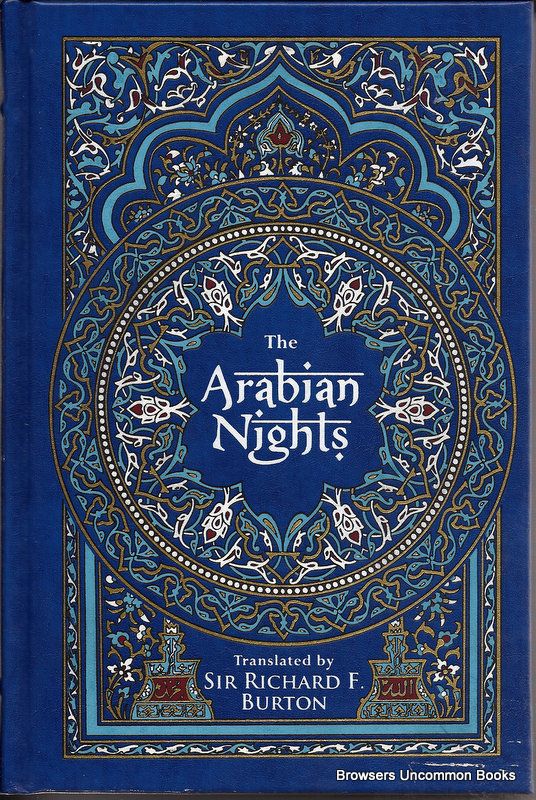Note: This post was originally published March 31, 2017 as part of a Women in History blog series for OH, for the HOOK of a Book.
There seems to be some unwritten law of the universe that ensures the brightest, most creative minds are snuffed out at a young age. The Brontë sisters, authors of the literary classics Jane Eyre, Wuthering Heights, and The Tenant of Wildfell Hall (among others) died young. Emily and Anne both died of pulmonary tuberculosis at ages 30 and 29, respectively. Seven years later, Charlotte died at 39 from suspected pregnancy complications. These women were at the very beginning of their writing careers and still publishing under male pseudonyms. None of them lived to see their novels receive the acclaim they are awarded today.
It’s hard to know what other literary classics might have come from this family had they lived to old age. But let’s imagine (because it’s fun to speculate) that their later novels would have drawn on some of the stories they loved as children.
“Patrick Bronte’s unusually liberal views meant that his children had an unconventional Victorian childhood. Strongly influenced by Wordsworth’s attitudes to education, he encouraged them to roam freely on the moors…and allowed them to read whatever they liked from his bookshelves.” (Christine Alexander’s Tales of Glass Town, Angria, and Gondal, pg. xv)
So what did the young Bronte siblings choose to read? Come along with me. Read the shelves and run your finger across the spines of the volumes that make up the Brontë children’s bookcase.

-Blackwood’s Edinburgh Magazine – Blackwood’s was a Tory (Conservative) men’s magazine featuring poetry, literary reviews, as well as articles on British Army campaigns, Arctic explorations, and British imperialism in Africa, among other things. The first issue of Blackwood’s was published in April 1817, and it continued to be published in Edinburgh, then in London, until 1980. The Brontës could not have afforded a magazine subscription on their father’s clergy salary. Thankfully, they received back issues of the magazine from a neighbor. Charlotte often read the magazine aloud to her younger siblings. Charlotte and Branwell “published” their own version of the magazine called Young Men’s Magazine where they covered (and criticized) the actions of their characters in their fictional land of Glass Town.

– The Arabian Nights – This would have been an English language edition (published in 1706) of the Middle Eastern and South Asian story collection known as One Thousand and One Nights. The Arabian Nights uses a “frame story” of a woman named Scheherazade who tells her new husband, the king, part of a story every night in order to put off her execution. This frame narrative is woven throughout the other tales and ties the stories together. Fans of Wuthering Heights might recall that Emily Brontë uses a frame story technique when Nelly Dean tells Mr. Lockhart the history between the Heights and the Grange.

– The Pilgrim’s Progress – Believed to be the first novel written in English, The Pilgrim’s Progress was a Christian allegory written by John Bunyan in 1678. The entire book is presented as a dream sequence, and it follows the main character’s journey from sin to salvation. Perhaps it’s not that surprising that the Brontë siblings would be well-versed in such a book since their father was a clergyman. Jane, the titular character in Charlotte Brontë’s Jane Eyre, makes reference to The Pilgrim’s Progress and makes her own journey to salvation over the course of the novel.

– Gulliver’s Travels– Another travel story (popular in the Victorian age when your average reader never travelled far from the place they were born), Gulliver’s Travels was written by Jonathan Swift in 1726. It’s not hard to understand why the Bronte siblings would have been fascinated and entertained by the comedic and fantasy elements of the story that brings them around the world with the narrator. Gulliver’s Travels was highly influential to the young Brontës; their first stories were inspired by wooden toy soldiers the size of Swift’s Lilliputians.

– Paradise Lost- Another story drawn from Christian allegory, this time from the Book of Genesis. Paradise Lost is an epic poem (like Homer’s Iliad and The Odyssey) written by seventeenth-century English poet John Milton. The poem tries to account for Lucifer’s transgressions and subsequent Fall (from Heaven), in a way that makes the reader empathize with the devil. Perhaps Milton was the earliest recorded “Devil’s advocate”. The poem also depicts the events leading up to Adam and Eve’s ejection from Eden. I suspect that Charlotte and Emily also had a soft spot and a blind eye for Lucifer; their male protagonists (Rochester and Heathcliff) were notorious bad boys seeking redemption.
There you have it–the novels that provided the Bronte children with their earliest glimpse at life, love, and the world outside their small village. They were also fans of Shakespeare, Sir Walter Scott, Lord Byron, and the Romantic poets (Wordsworth, Coleridge, and Southey).
Next time you pick up a copy of Wuthering Heights or The Tenant of Wildfell Hall, read a little closer and try to spot the references to the novels above.
Happy Reading!



Leave a comment